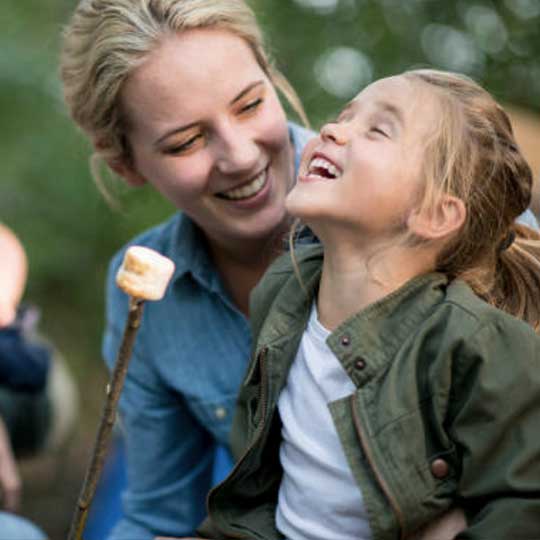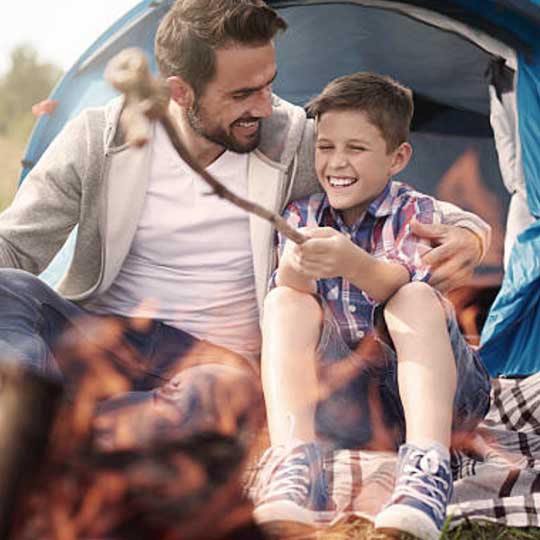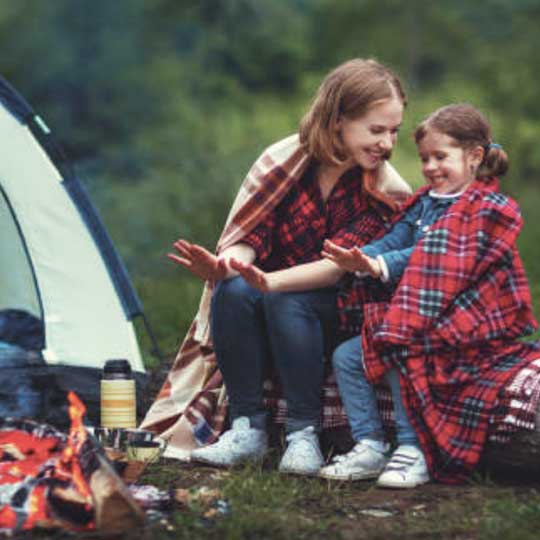How to Go Gorilla Trekking in Bwindi on a Tight Budget
![]() Gorilla trekking in Bwindi Impenetrable National Park is one of the most remarkable wildlife experiences in the world. Home to nearly half of the world’s remaining mountain gorillas, Bwindi offers an unforgettable opportunity to witness these magnificent creatures in their natural habitat. However, gorilla trekking is not typically seen as a budget-friendly adventure, with permit costs and logistics quickly adding up. But with careful planning and smart choices, it is entirely possible to go gorilla trekking in Bwindi on a tight budget—especially if you’re open to self-driving and taking a more independent route.
Gorilla trekking in Bwindi Impenetrable National Park is one of the most remarkable wildlife experiences in the world. Home to nearly half of the world’s remaining mountain gorillas, Bwindi offers an unforgettable opportunity to witness these magnificent creatures in their natural habitat. However, gorilla trekking is not typically seen as a budget-friendly adventure, with permit costs and logistics quickly adding up. But with careful planning and smart choices, it is entirely possible to go gorilla trekking in Bwindi on a tight budget—especially if you’re open to self-driving and taking a more independent route.
Choosing the Right Trekking Permit Option
The gorilla trekking permit is the most significant fixed cost when planning a budget trip to Bwindi. In Uganda, permits are managed by the Uganda Wildlife Authority and currently cost USD 800 per person for foreign non-residents. While this might seem steep, it is far more affordable compared to Rwanda, where permits are priced at USD 1500. Uganda’s permit gives you a full hour with a habituated gorilla family, and the experience is just as authentic, if not more remote and rugged.
To save money, consider booking your trek during the low season, typically in April, May, and November. During these months, some tour operators offer discounted package deals or accommodations slash their rates significantly, making it easier to balance your budget. It’s also worth checking with the Uganda Wildlife Authority or local operators in case there are promotional offers or cancellations, which might come with discounted permits if you’re flexible on dates.
Planning a Self-Drive Trip to Bwindi
One of the most effective ways to cut costs on a Bwindi gorilla trek is to opt for self-driving instead of using a tour company. Hiring a vehicle and driving yourself offers not just flexibility but significant savings on transport and guide fees. Uganda has a good network of roads, and while some parts of the journey to Bwindi are rugged and best tackled with a 4×4, the drive itself is scenic and safe with a bit of preparation.
Car rental companies like Car Rental in Uganda offer affordable self-drive options, and you can find a good 4×4 vehicle from as low as USD 45–60 per day. A Toyota RAV4, for instance, is one of the most budget-friendly and reliable options for this kind of trip. Make sure to choose a rental that includes comprehensive insurance and ask for a spare tire and jack, as roads leading to Bwindi, especially during the rainy season, can be tough.
To further reduce your fuel costs, consider traveling with friends or fellow budget travelers and sharing expenses. Carpooling cuts down individual costs dramatically, and you’ll also enjoy the companionship during long stretches of the road.
Choosing the Most Accessible Bwindi Sector
Bwindi Impenetrable National Park is divided into four main trekking sectors: Buhoma, Ruhija, Rushaga, and Nkuringo. Each sector offers its own gorilla families and trekking experiences, but not all are equally easy or cheap to access.
For budget travelers, Buhoma and Ruhija are the most practical. Buhoma is the park’s original and most popular sector and is accessible via Kabale or Kihihi. Ruhija, located between Buhoma and Kabale, is ideal for those driving from Kampala or Entebbe via the Kabale-Mbarara route. These sectors are also home to more budget accommodation options compared to the more remote Nkuringo and Rushaga.
When planning your trip, try to book your permit for a sector that is both accessible and close to your choice of accommodation. This reduces the need for extra driving and potential expenses on local transport to the trekking briefing point.
Affordable Accommodation and Meals
Accommodation near Bwindi ranges from high-end luxury lodges to basic campsites and budget guesthouses. For those on a tight budget, there are several budget lodges and hostels in Buhoma, Ruhija, and Kabale town that offer beds for as low as USD 10–30 per night. Some even have dormitories or camping space for travelers with their own tents.
Staying outside the park in towns like Kabale or Kisoro can further reduce costs, although this may mean an earlier start on the day of your trek. If you stay in town, make sure your lodge can help you arrange transportation to the park entrance early in the morning.
As for meals, many guesthouses and lodges offer full-board packages, but you can save more by choosing accommodation that offers self-catering or breakfast-only options. In towns like Kabale and Kisoro, local restaurants serve delicious Ugandan food at low prices—expect to spend less than USD 5 on a meal. Stock up on snacks and water before you reach the park, as shops are limited and prices tend to be higher within or near Bwindi.
Hiring a Local Guide or Porter Wisely
Although a UWA ranger guide is included in your trekking permit, it is often encouraged to hire a local porter or guide to support your trek. Porters can be hired for about USD 15–20 and are incredibly helpful, especially considering the terrain and the duration of the trek. Not only do they carry your backpack and assist with rough trails, but they are also members of the local community, and hiring them supports local livelihoods.
If your budget allows, hiring a porter is a worthwhile expense, not just for practical reasons but also for the positive impact it has on community conservation efforts. Some porters are former poachers who have transitioned to conservation-related work thanks to tourism, so your contribution goes a long way.
Traveling with Others to Share Costs
Another way to make your Bwindi adventure more budget-friendly is to travel with others. Whether you’re on a solo trip or traveling as a couple, joining up with other travelers heading to Bwindi can help you split key costs such as fuel, car rental, and accommodation. This is particularly useful if you’re self-driving, as it reduces the overall expense while making the journey more enjoyable.
You can connect with fellow budget travelers through online forums, travel groups on social media, or by staying in backpacker-friendly hostels in Kampala or Kabale before the trek. Some lodges near Bwindi also help connect solo travelers to form groups for car hire and shared excursions.
Preparing Well to Avoid Unnecessary Expenses
One of the best ways to stay on budget is to come prepared. Make sure you pack appropriately for the trek to avoid having to rent or buy gear at inflated prices. Essential items include a rain jacket, sturdy hiking boots, gloves, long trousers, and a small backpack. Also, carry enough cash as there are no ATMs inside Bwindi, and most budget accommodations and shops do not accept credit cards.
It’s wise to carry your own snacks, drinking water, and a power bank, as electricity can be unreliable in remote areas. Avoid last-minute purchases, as trekking poles, raincoats, and other supplies can be expensive if bought near the park.
To conclude, gorilla trekking in Bwindi doesn’t have to drain your savings. With thoughtful planning, choosing a self-drive safari in Uganda, and embracing budget options for accommodation and meals, you can experience one of Africa’s most iconic wildlife adventures without breaking the bank. Uganda’s Bwindi Impenetrable Forest offers not just a glimpse into the lives of endangered mountain gorillas, but also a chance to explore the country’s rich natural beauty and warm hospitality, on a budget that suits you.
This is the best collection of things to do, things to see, things to do, best places where to stay, and more. Lets explore Bwindi Forest National Park together! We bring to you the best tours and journey ideas as well as travel information to help you plan a perfect trip into the impenetrable forests of Bwindi.
Explore Bwindi
- Where is Bwindi?
- Getting There
- Things to Do
- Things to See
- Travel Updates


